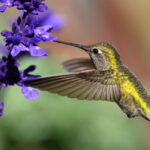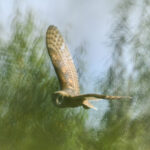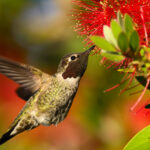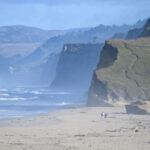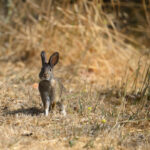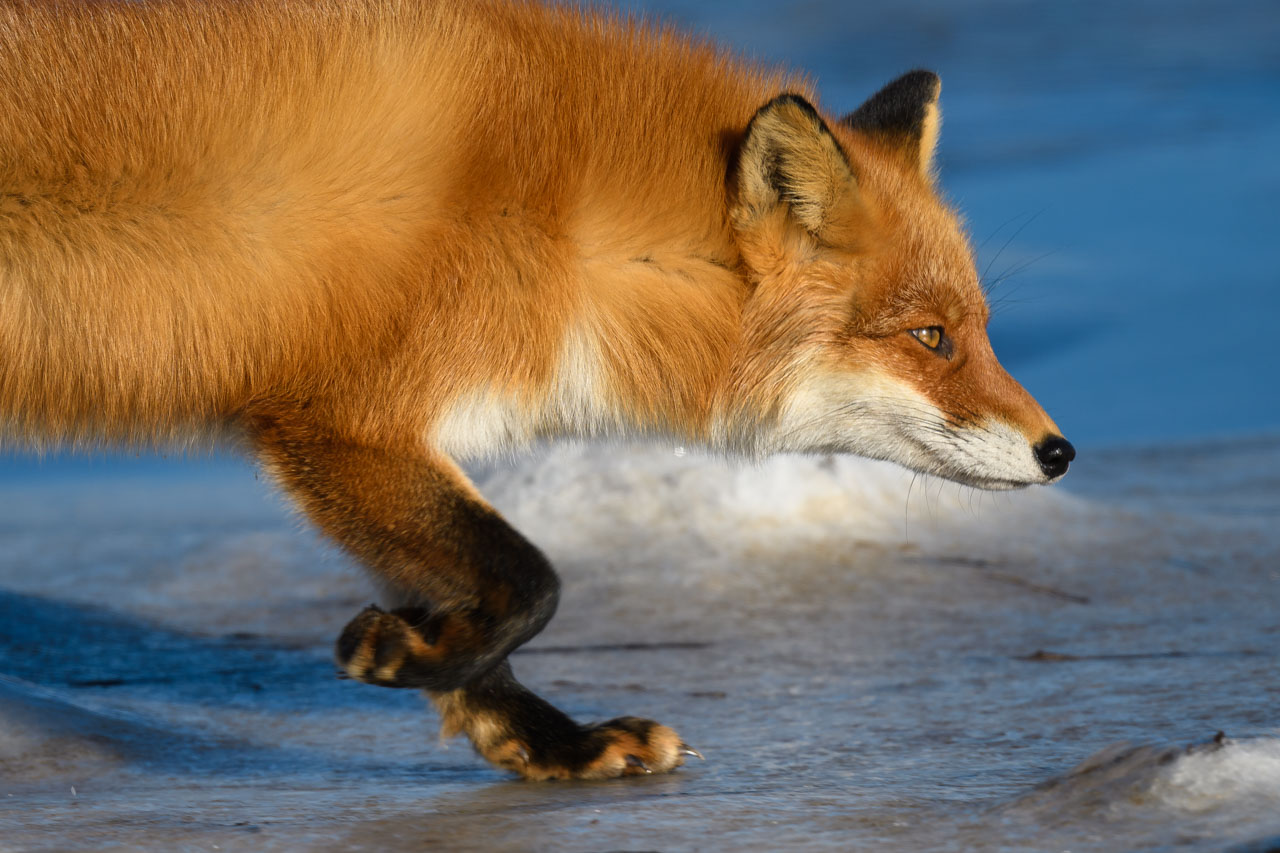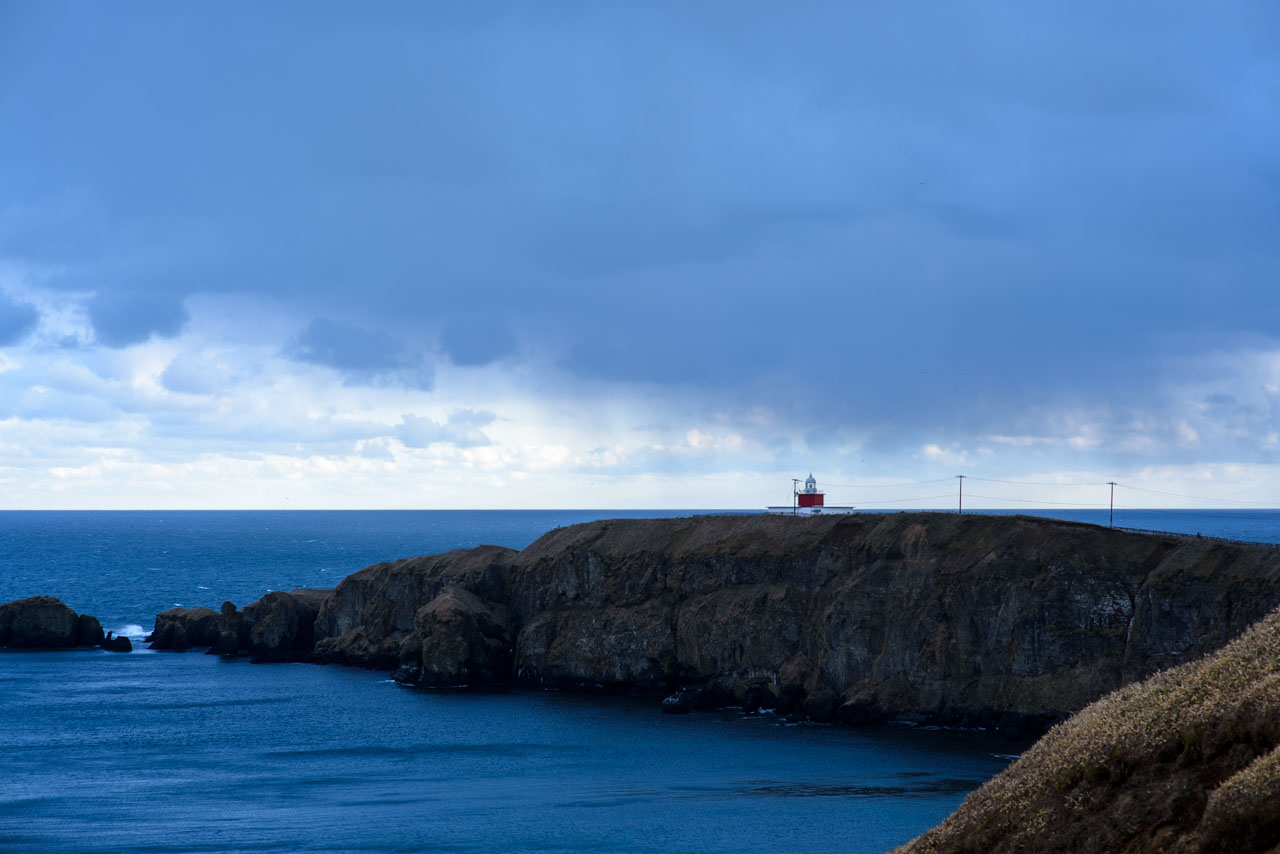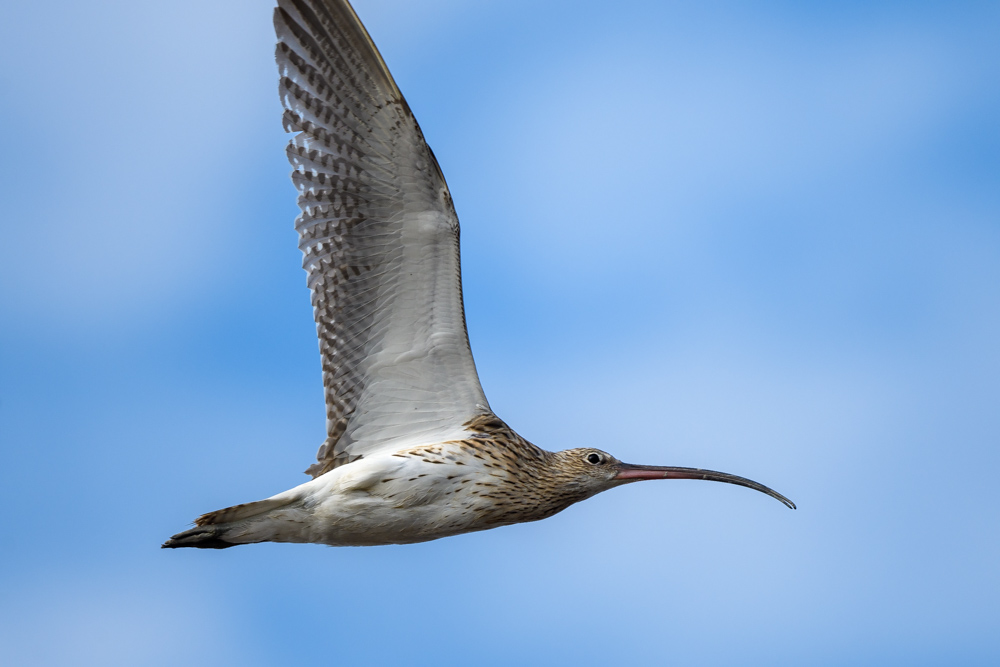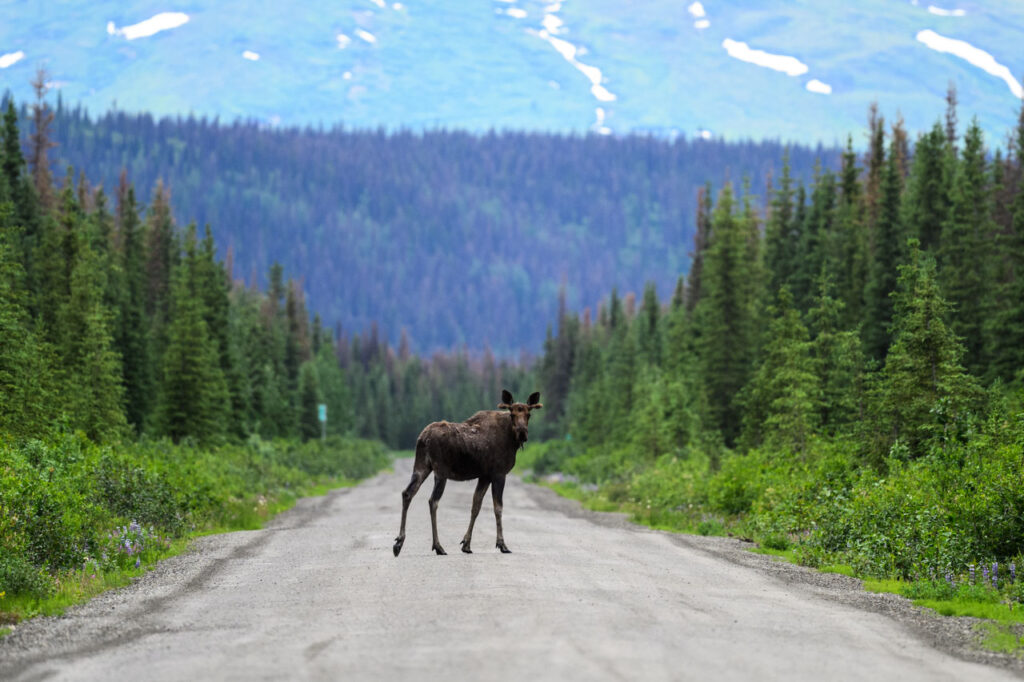
東よか干潟 1日目 / Higashi-yoka tidal flat day 1
I had a chance to visit Fukuoka, so I went to the Higashi-yoka tidal flat in Saga Prefecture. Higashi-yoka tidal flat is a large tidal flat facing the Ariake Sea, the inland sea of Kyushu in western Japan. It is famous as a resting place for many shorebirds and plovers during their spring and fall migrations, attracting birders from all over.
It was a weekend when the high tide was just about to arrive, and I hoped it would be the perfect time to observe birds.
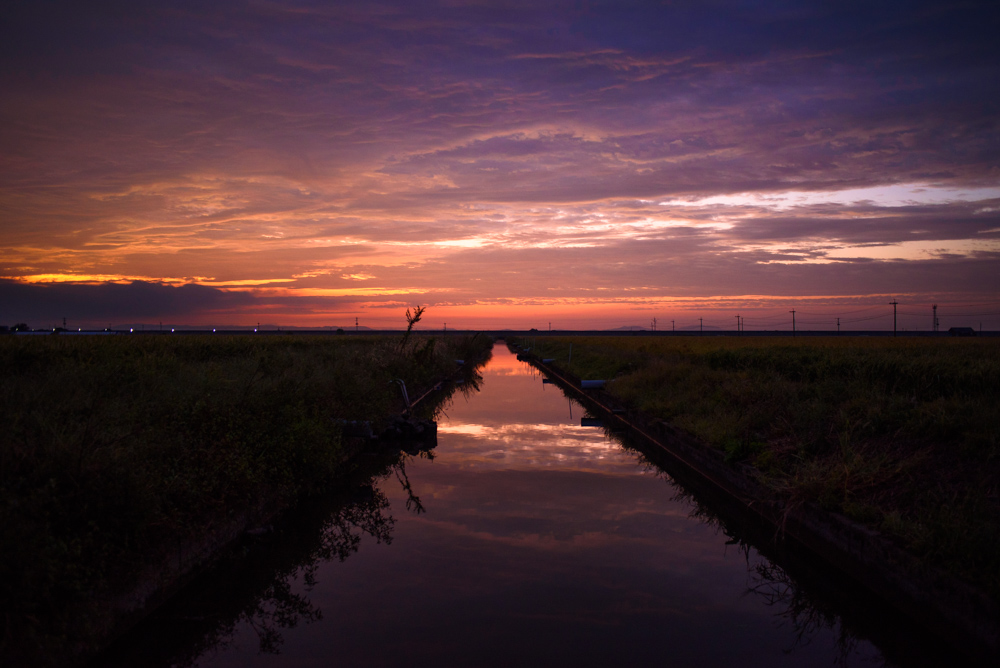
I arrived before sunrise. The tide was high after 8:00 a.m. on this day, so I arrived roughly two hours before. About 10 to 20 regular-looking people had already arrived.
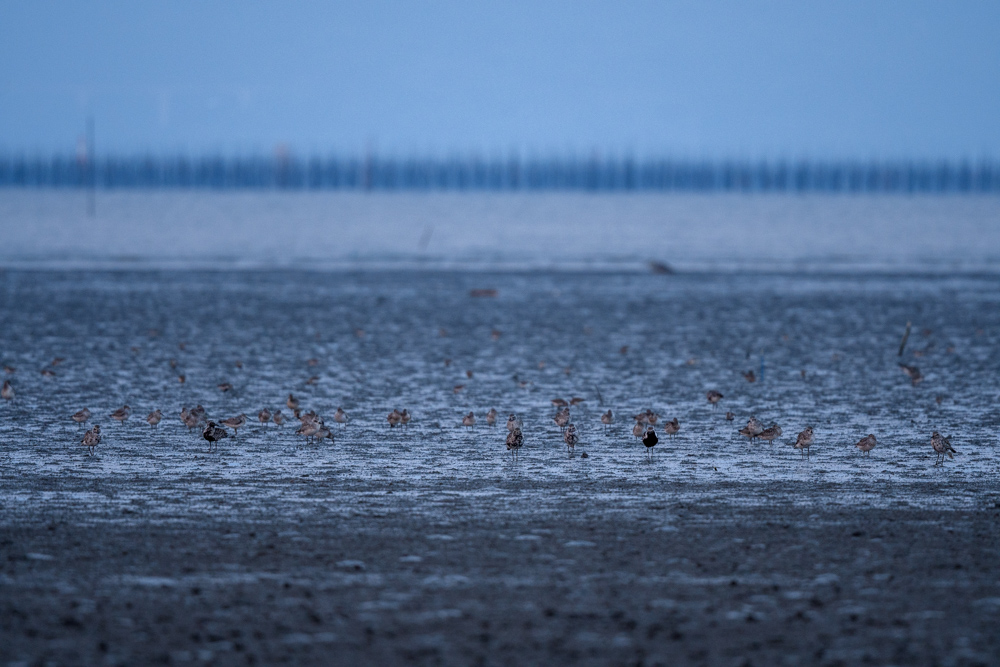
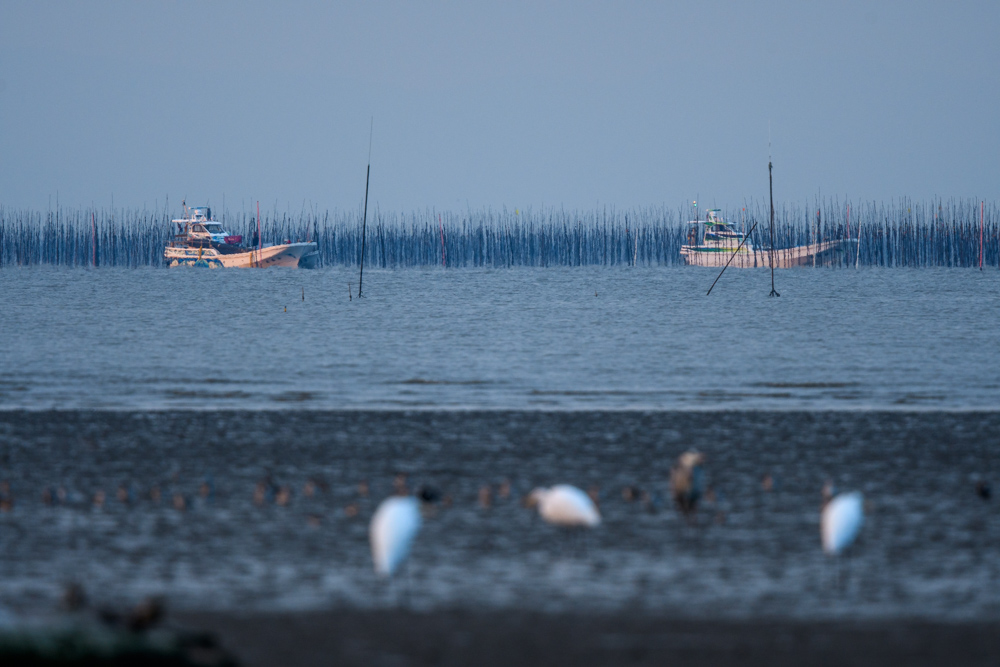
A group of Black-faced Spoonbills are advancing in a line along the surf. They are searching for food with their long bills.

A flock of snipe flying in the air. According to the voices coming from around me, there are fewer than usual.

The front of the tidal flat is fenced off and no one is allowed to get any closer. No one would dare to enter the tidal flat in ordinary attire… You can move between the fences and the clumps of Suaeda japonica plants, but there are places where the muck left by the high tide is still there, so rubber boots are a must. I came here unknowingly with my usual boots, so it was a bit inconvenient. The mud was clayey and sticky. There was a poor lady who had lost the sole of her boots, which she had not pulled out for a long time.
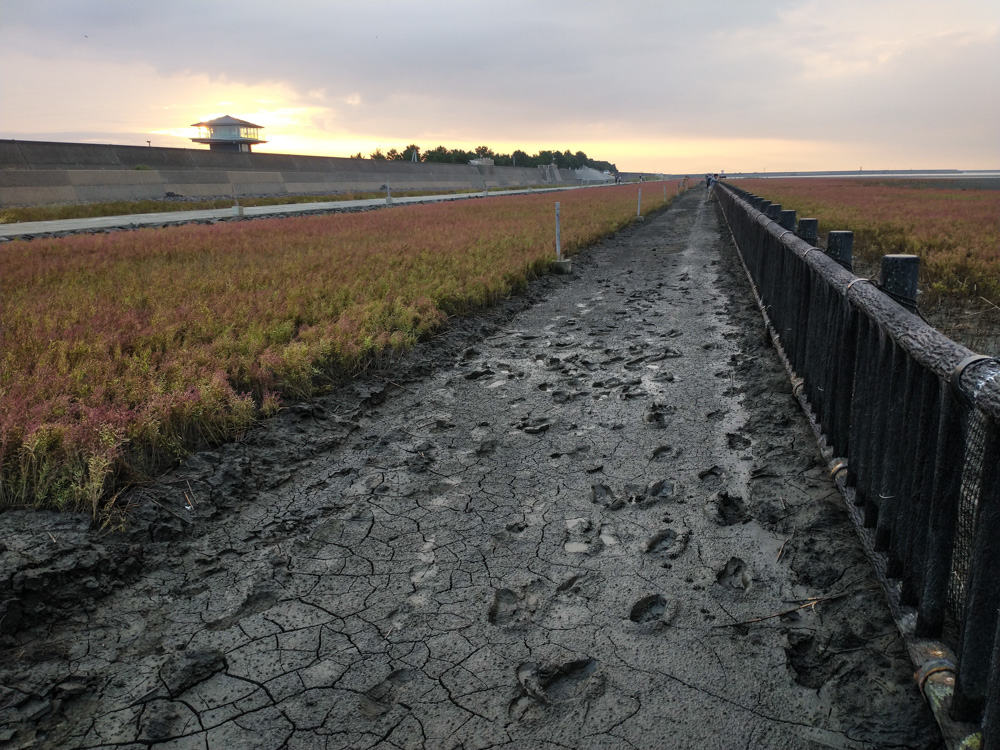
The endangered Suaeda japonica covers the tidal flats. The season when it turns bright red is around November, which is still a little early.
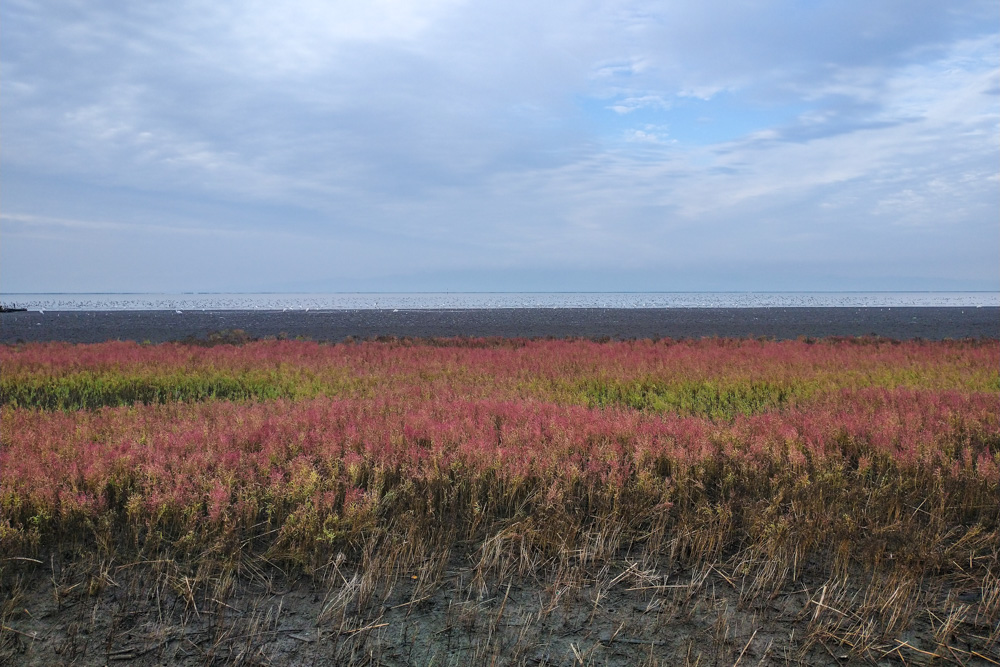
Now, I’ll go into detail from here, but I’m not confident in my snipes and plovers identification at any rate, so excuse me if I’m wrong.
I learned on the scale of 1,000 pictures using illustrated books, actual information from the Internet, Google Lens, etc., so my brain AI (or rather, the natural function of my non-artificial brain) must have improved a lot in identification…!
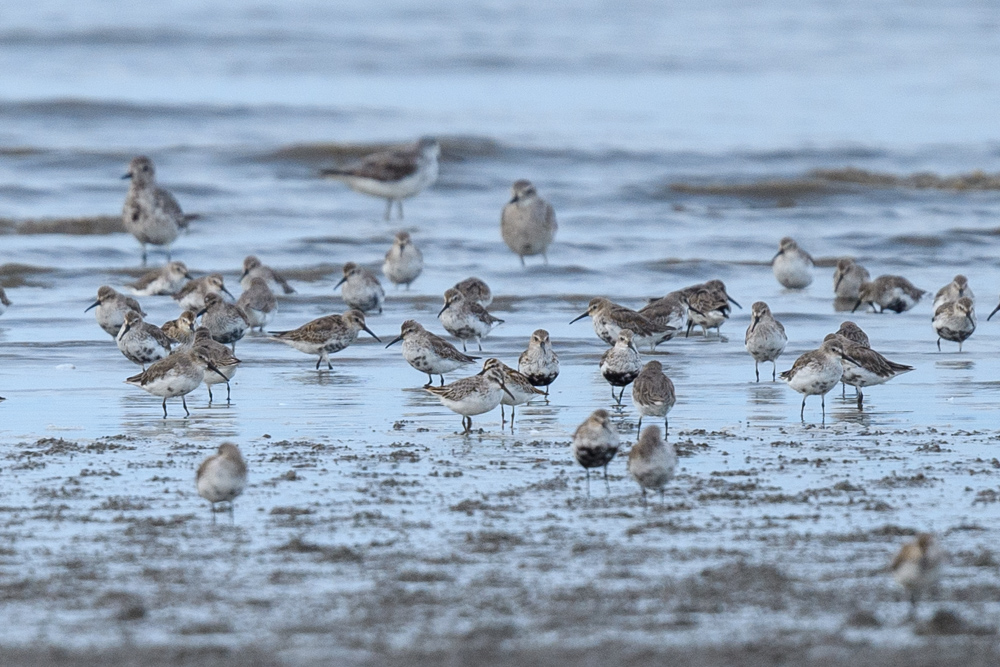
Greater Sand Plover. It is larger than the left Dunlin, and has longer legs. The beak is not so reliable as some individuals seem to be small.
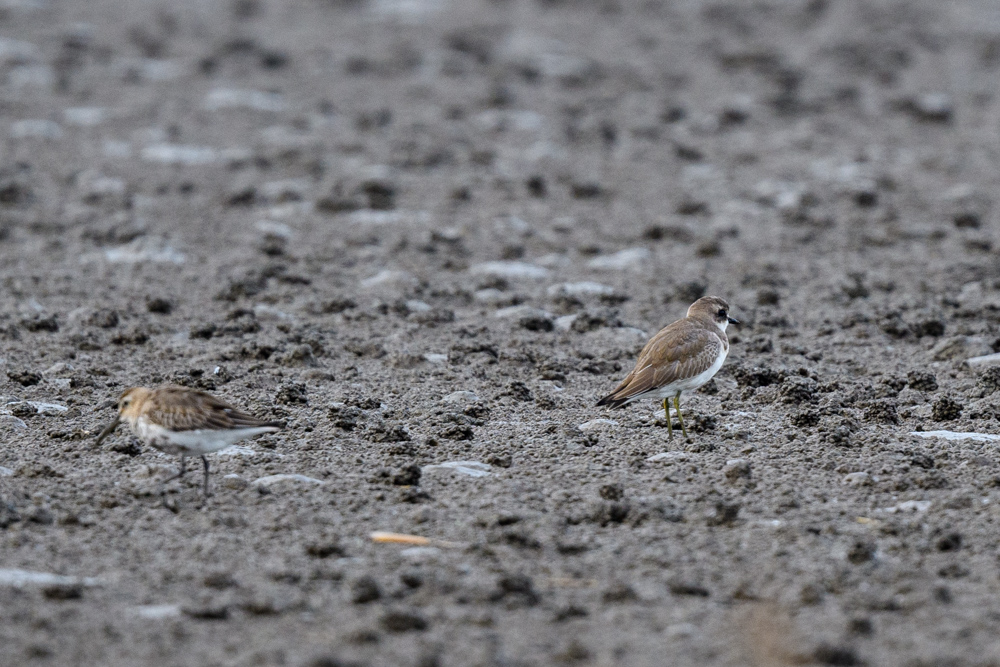
One Rutous-necked Stint mingled with Dunlins.
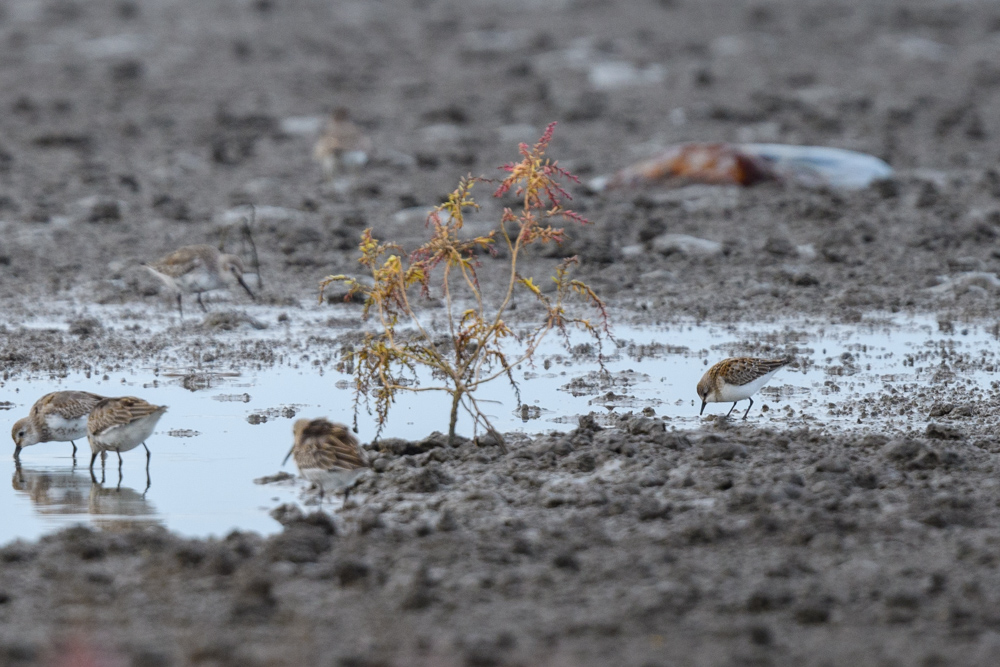
Red knot. The light is not good so it is hard to see the colors.

Black-tailed Godwits (center two) in a group of Marsh Sandpipers and Common Greenshanks. The one on the right has the reddish-brown tinge of summer plumage. At first, I couldn’t identify it in any way and had to put it off.
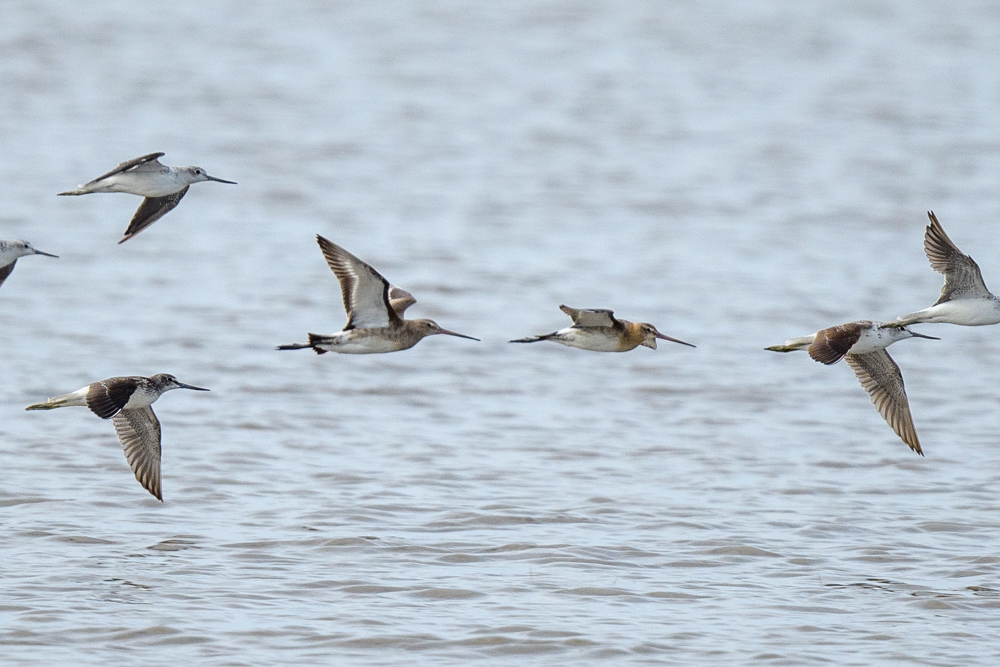
A little out of focus, but a Golden Plover.
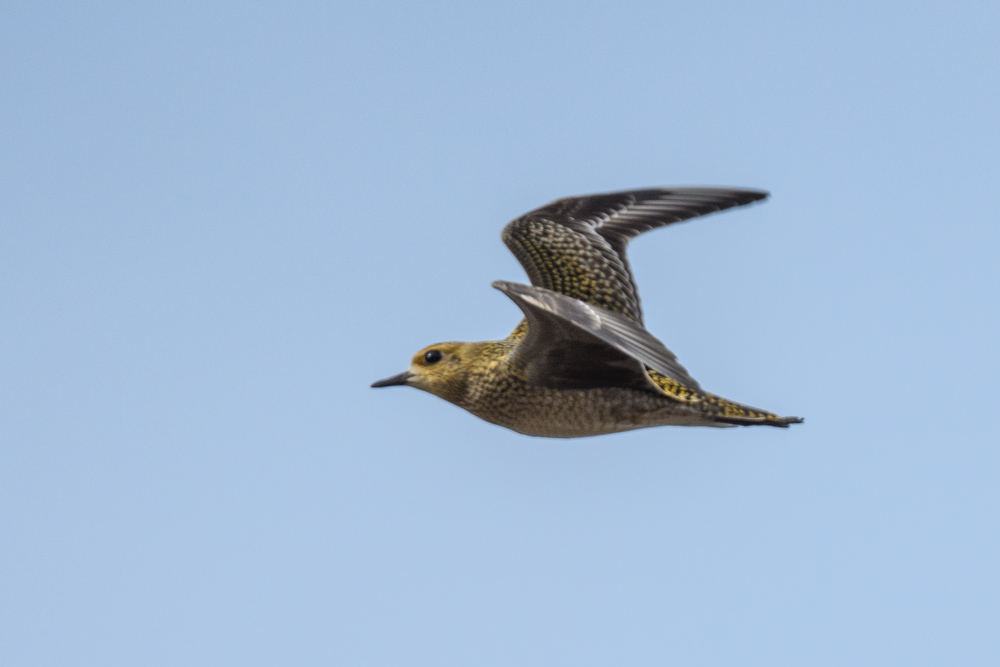

A single orange-tinged Bar-tailed Godwit mingled with Grey Plovers and Dunlins.
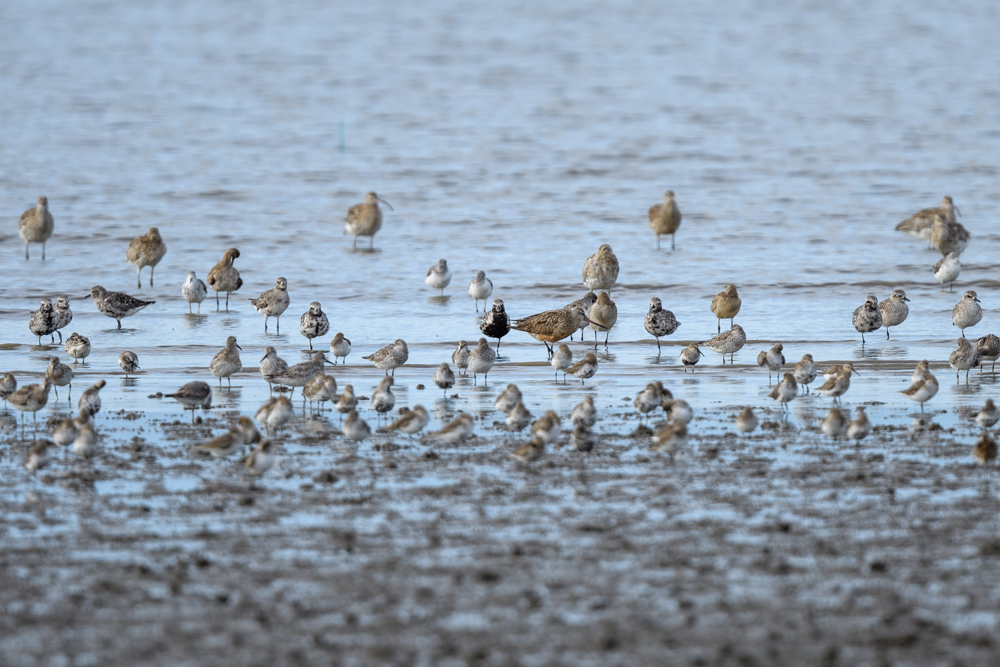
Is it a Common Tern? I can’t tell any better due to the lack of angles.




The day was just three days away from high tide, but the water level had not risen as much as expected. Even at high tide, the surf was about 20 meters beyond the fence. No birds landed in front of the fence. The light did not shine and the conditions were not good for photography.
